
Why water-rich Switzerland needs to monitor droughts
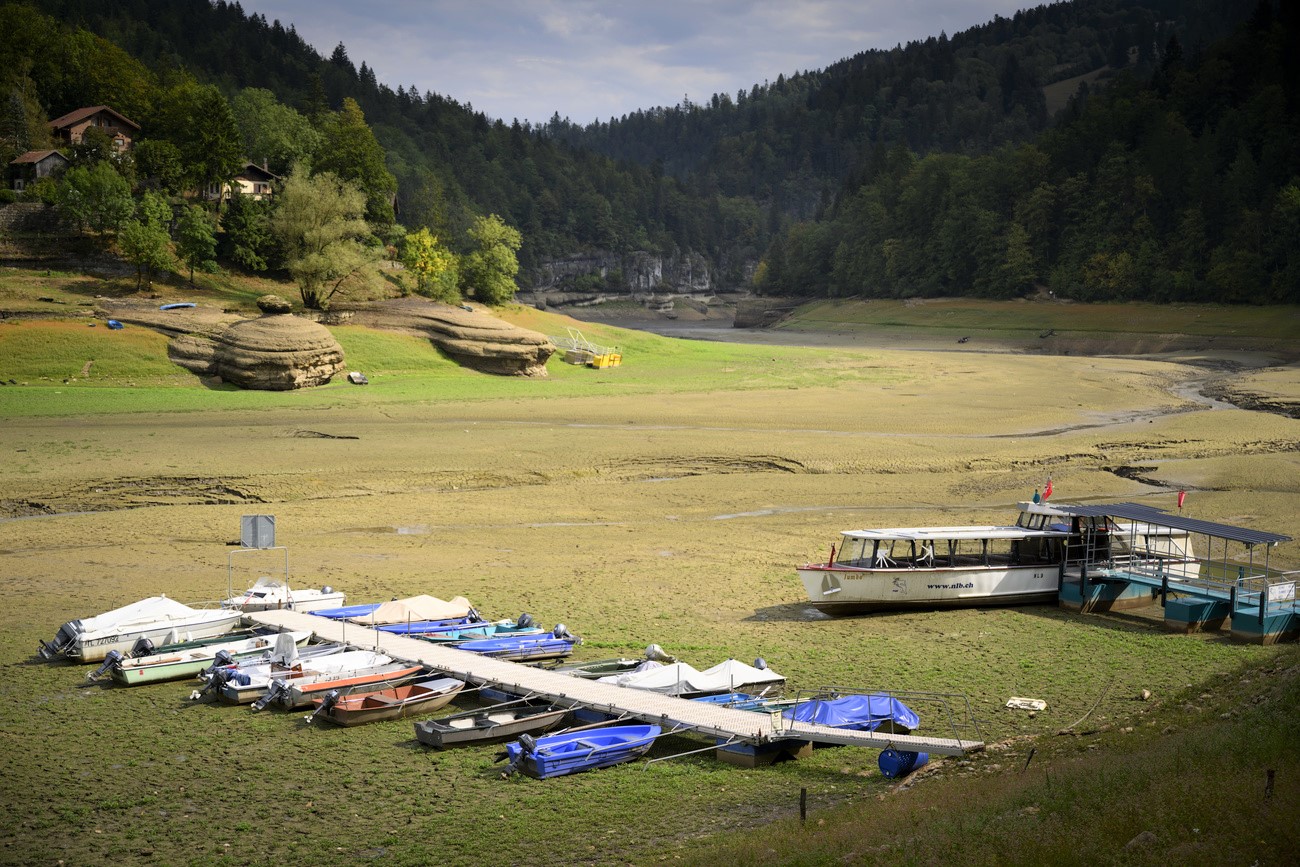
Switzerland makes predictions about avalanches, floods, and heat waves, but, unlike other countries, it doesn’t have a drought warning system – yet. What causes droughts, and how can they be predicted?
It is forbidden to water gardens, wash cars and fill swimming pools. Water is scarce and should be used sparingly. Otherwise, it could be rationed. This is what the residents of some Swiss municipalities were told in the summer of 2022, when Europe was hit by the worst drought in 500 years.
Some lakes, such as Lac de Brenets on the Swiss-French border, had nearly dried up. Low water in the Rhine River disrupted the shipping of goods imported into Switzerland. And army helicopters had to carry water over mountain pastures to reach thirsty livestock.
These lakes and rivers have now filled up, thanks to the rains in recent months. But the drought alarm is not over yet. Of concern is the scarcity of snow in the mountains, which could deprive Switzerland of an important source of water during the summer season, with serious consequences for water supply, agriculture, hydropower production and ecosystems.
No one knows whether and how much rain will fall this summer. There is no overview of the national water supply and demand, and unlike other countries, Switzerland has no early detection and warning system for periods of drought. This is set to change.
Blue gold: How Europe’s water tower is handling scarcity
Water is becoming scarce in many parts of the world. Even Switzerland, which holds much of Europe’s water, must rethink its management and prepare for increasingly frequent droughts. This series explores potential conflicts related to water consumption and solutions for better management of the precious resource.
What is drought?
It is a prolonged lack of water due to insufficient rainfall or heavy evaporation. In 2022, Switzerland saw its lowest rainfall since local measurements began in 1864, according to the Federal Office of Meteorology and Climatology (MeteoSwiss). Between June and August, less than 40% of the expected rain fell in the country’s southernmost regions.
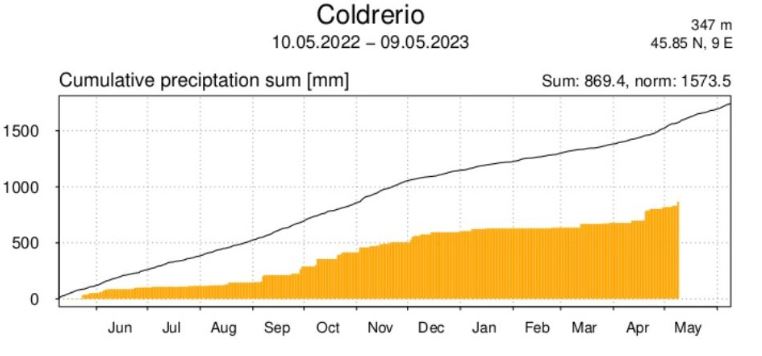
There are three types of drought.
Meteorological drought happens when there is no rain for a long time. In Switzerland, it means less than one millimeter of rain is measured at a station for the longest period. The record is 77 days in Lugano in 1988. Last year, the Coldrerio weather station in Ticino recorded 40 days without rain.
Hydrological drought occurs when water levels in lakes and rivers drop below a certain point. Last August, lakes Lugano, Lucerne, Constance, and Walen reached their lowest levels ever.
Agricultural drought happens when the soil is very dry and plant roots do not get enough water. This happened this spring in areas south of the Alps, according to MeteoSwiss. It is a local issue that depends on the type of crop and soil.
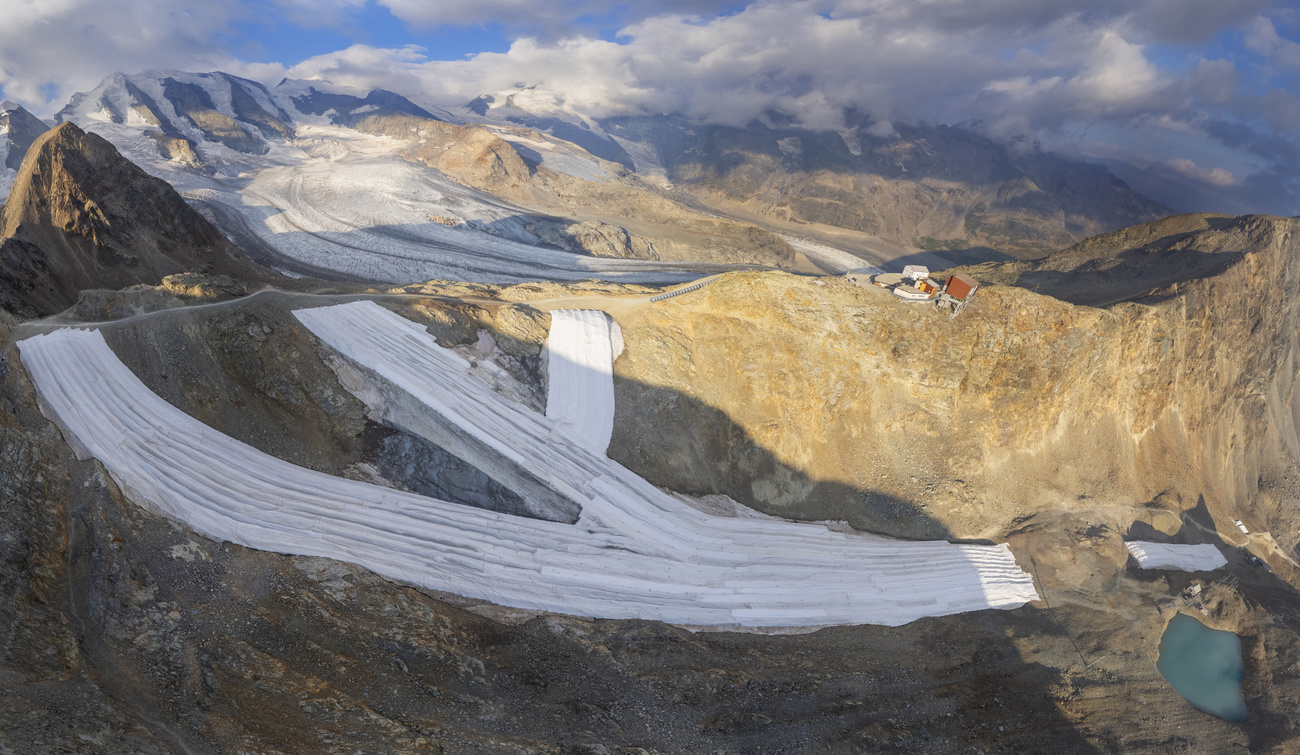
What causes drought?
The persistence of an atmospheric high-pressure zone that limits rainfall and high temperatures is among the main natural causes of drought. Increased drinking water consumption and water use, for example due to population growth, can also lead to a water deficit, while deforestation and intensive agriculture dry out soils.
Human-induced climate change is also causing droughts, or rather increasing their likelihood. The2022 summer droughts across the northern hemisphere were at least 20 times more likely to occur due to climate change, according to an international studyExternal link involving researchers from the Swiss Federal Institute of Technology in Zurich (ETH).
>> The slides below show some figures about droughts around the world:
Why is it possible to predict most natural hazards in Switzerland, but not droughts?
Switzerland has been tracking and closely monitoring thunderstorms, wind, avalanches, floods, landslides, heatwaves, and forest fires since 2014. Warning systems are activated if needed. The country also has a hail detection systemExternal link that combines data from weather radar and automatic sensors as well as reports from the public.
However, there is currently no warning system for droughts. The reason is simple: Switzerland has huge water reserves, and historically, drought has never been a concern.
How is Switzerland preparing for future droughts?
Despite its Alpine glaciers and countless lakes, rivers and streams, Switzerland is not immune to drought risks, especially when a dry winter is followed by a spring with low rainfall and an unusually hot summer.
From 1994 to 2017, the number of droughts caused by snowmelt deficit in the Alps increased by 15% compared to the period from 1970 to 1993, according to a recent studyExternal link by the Institute for Snow and Avalanche Research (SLF). “The trend will continue in the future,” says lead author Manuela Brunner.
In the long term, it will get warmer and drier in Switzerland. Periods of drought will become more frequent, more intense and last longer. In view of this outlook, the federal government decided last year to set up a national early detection and warning system by 2025. Early detection of droughts would, for example, enable farmers or operators of hydropower plants to better plan the irrigation of their land and electricity production, respectively.
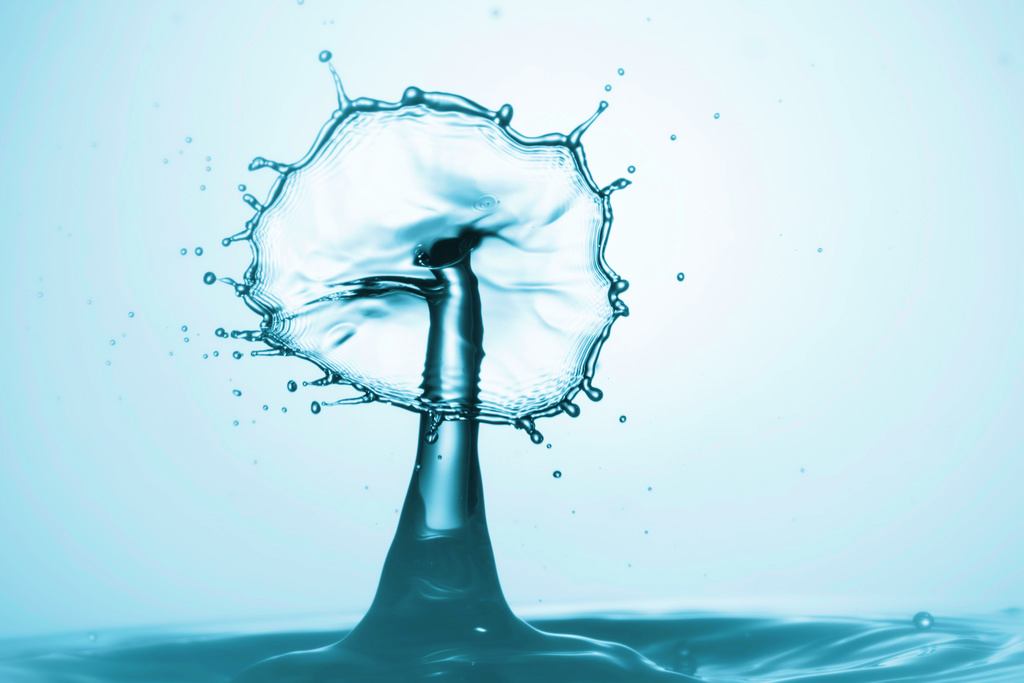
More
Water shortage: Switzerland’s blue gold is under pressure
What tools and technologies can predict a drought?
Currently, several cantons in Switzerland use the drought.ch platform, established in 2013. The Swiss Federal Institute for Forest, Snow and Landscape Research (WSL) runs this tool, providing information on various hydrological indicators, including lake levels, river flows, and the water equivalent of snow in the mountains.
The new drought warning system will create a national network of sensors to measure soil moisture in real-time. This system, costing CHF 4.75 million ($5.2 million), will integrate hydrological data from the WSL platform and satellite data that monitor weather conditions. It will provide information on all types of droughts.
The system will gradually improve based on user experience, such as farmers. The goal is to predict the onset of drought several weeks in advance.
What are other countries doing?
Switzerland draws inspiration from the solutions of countries that have been most affected by droughts, says Christoph Spirig of MeteoSwiss. Among them is the United States, which introduced a drought monitoring systemExternal link in 1999. It consists of a map updated weekly showing the intensity of droughts.
Members of the European Union use the European Drought Observatory. Introduced in 2007, this tool analyzes rainfall, soil moisture, groundwater levels, and vegetation water stress, among other indicators.
But systems that warn of droughts or other extreme weather events do not cover one-third of the world’s population. In 2022, the United Nations launched the Early Warnings for All initiative, involving multilateral agencies, development banks, humanitarian organizations, and civil society. The initiative initially covers 30 countries most at risk. The goal is to protect all people on the planet from hazardous weather, water, or climate events through early warning systems by 2027.
Edited by Sabrina Weiss/vdv-ds

In compliance with the JTI standards
More: SWI swissinfo.ch certified by the Journalism Trust Initiative
























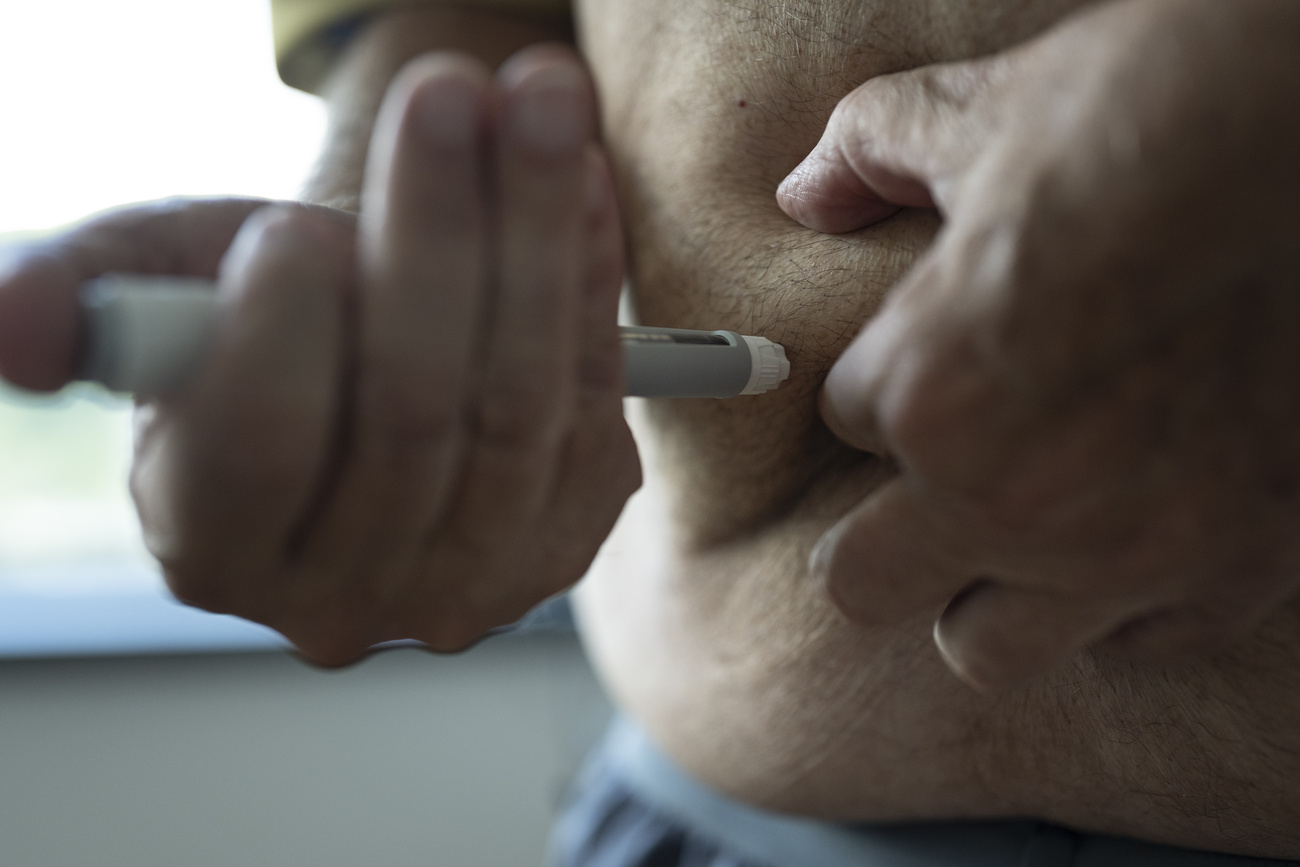













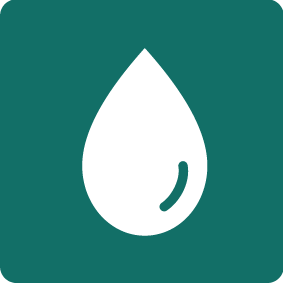
You can find an overview of ongoing debates with our journalists here . Please join us!
If you want to start a conversation about a topic raised in this article or want to report factual errors, email us at english@swissinfo.ch.